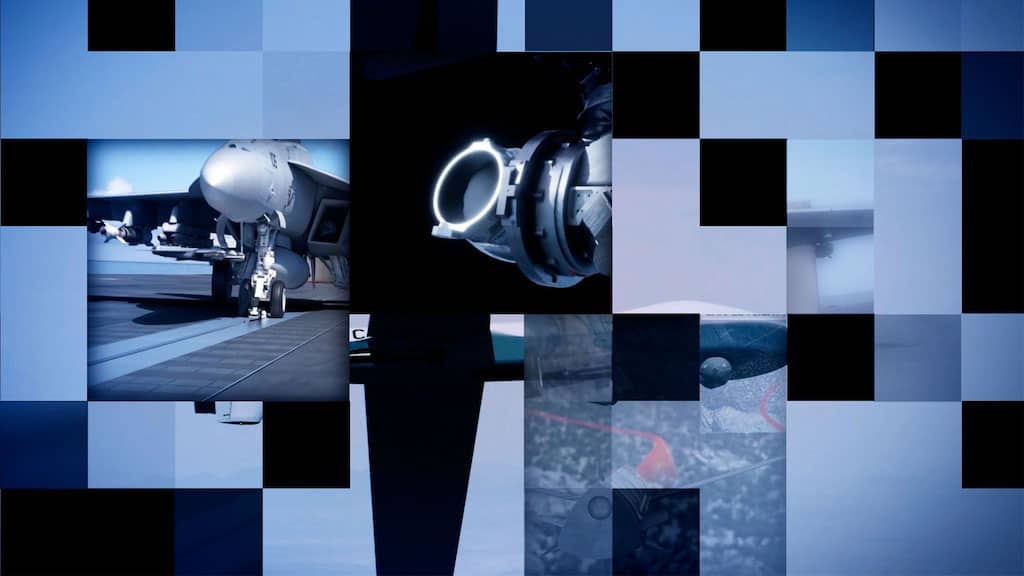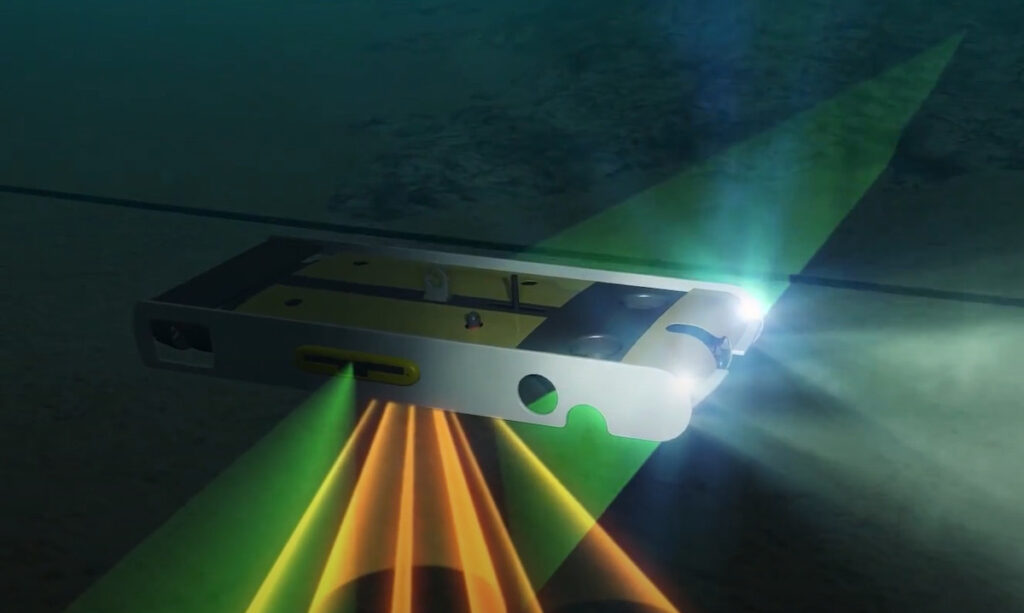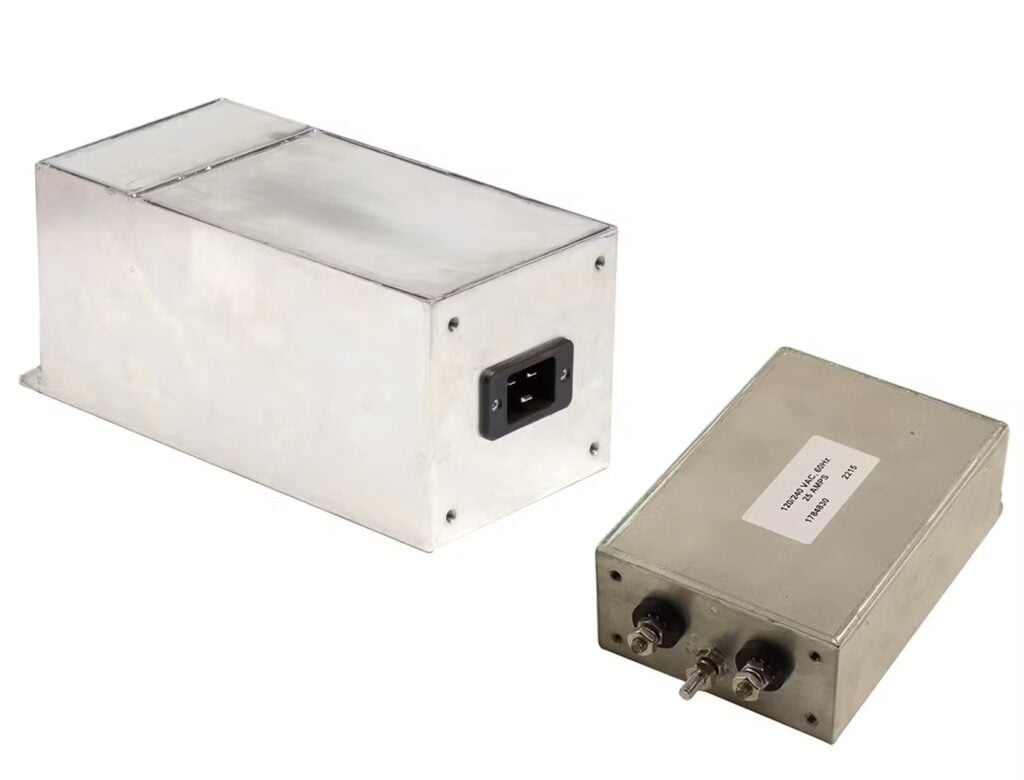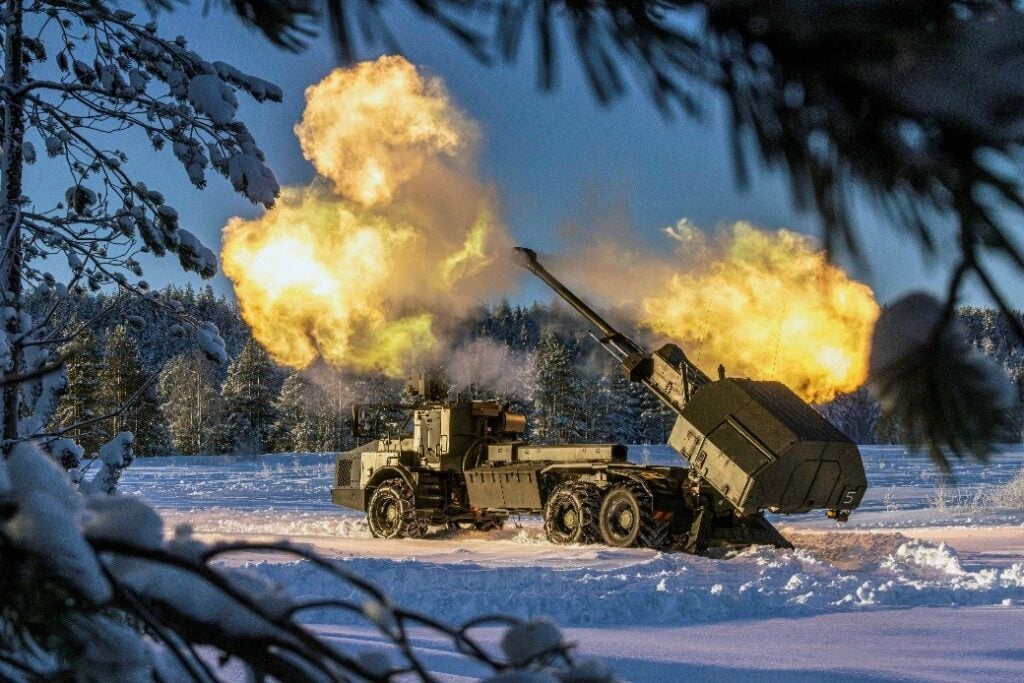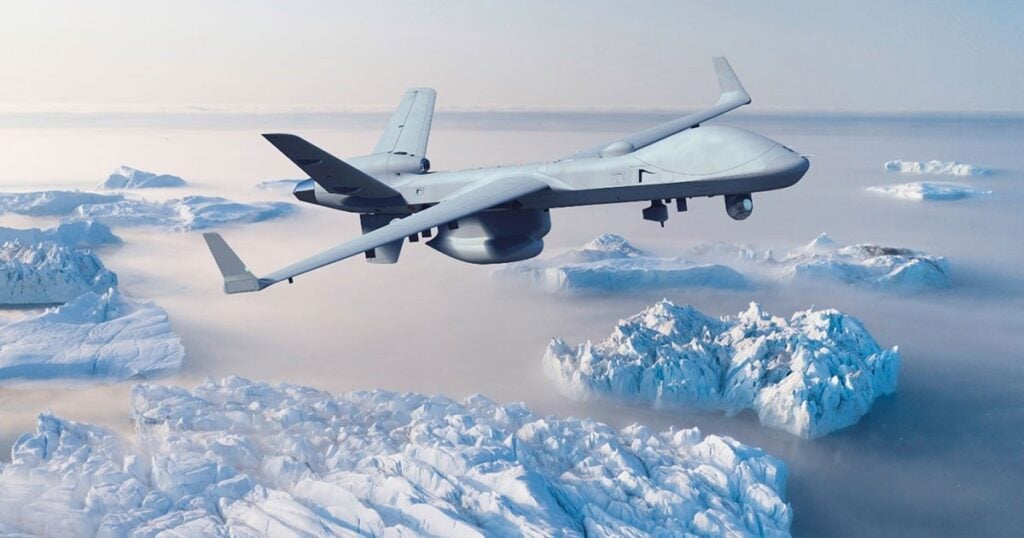
Discover Leading Defense Technology Solutions
Discover cutting-edge solutions from leading global suppliers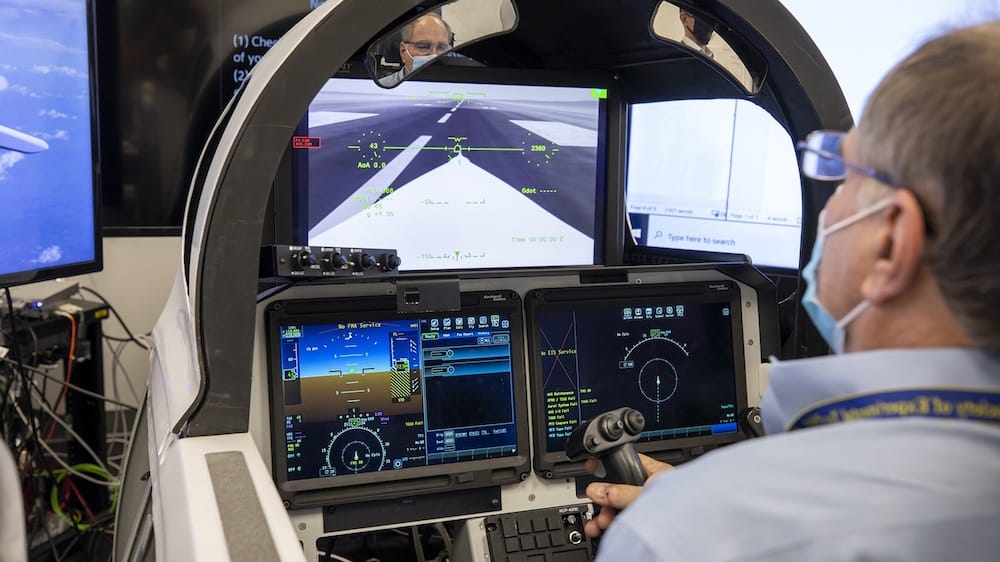
Collins Aerospace Systems has developed and delivered a tailor-made Large Format Display system for NASA’s X-59 Quiet SuperSonic Technology (QueSST) research aircraft. The system enables the aircraft’s pilot to safely fly and land, in all weather conditions, without any forward-looking windows, and will play a key role in the mission of the X-59.
The bespoke avionics system features touchscreen primary flight displays, head-up display symbology, synthetic vision and a suite of navigation and surveillance equipment.
In order to achieve supersonic speeds with minimal noise, the X-59 design incorporates a long and slender airframe which prominently features an approximately 30-foot-long nose, a shape which prevents it from having a forward-looking window.
NASA’s eXternal Vision System will allow X-59 pilots to safely navigate the skies by using a 4K monitor to display images from two cameras outside the aircraft combined with terrain data from an advanced computing system.
By developing software applications with Lockheed Martin Skunk Works and NASA, Collins Aerospace was able to provide an optimized avionics solution that includes the company’s award-winning touchscreen primary flight displays with tailored multi-function windows, head-up display (HUD) symbology, synthetic vision, ARC-210 communication radios, and a suite of navigation and surveillance equipment.
Collins was able to leverage its multi-spectral enhanced vision system (EVS-3600) to enable pilots to land in nearly all weather conditions using advanced visual sensors and multiple wavelength, infrared technology.
The X-59 is expected to take its first flight in 2022. After initial checks to prove the aircraft performs as designed, the X-59 will fly over select communities across the United States and collect data on the acceptability of the sonic thump generated by the aircraft. The data will be given to regulators to establish an acceptable commercial supersonic noise standard and address current regulations banning commercial supersonic travel over land.
“The X-59 is expected to create a noise about as loud as a car door closing instead of a sonic boom when it breaks the sound barrier,” explains Dave Schreck, vice president and general manager for Military Avionics and Helicopters at Collins Aerospace. “This aircraft has the ability to shape the future of supersonic travel and our avionics are helping make this revolutionary aircraft a reality.”










